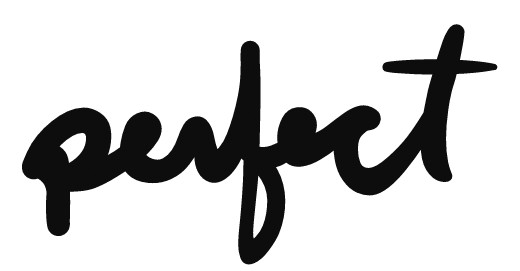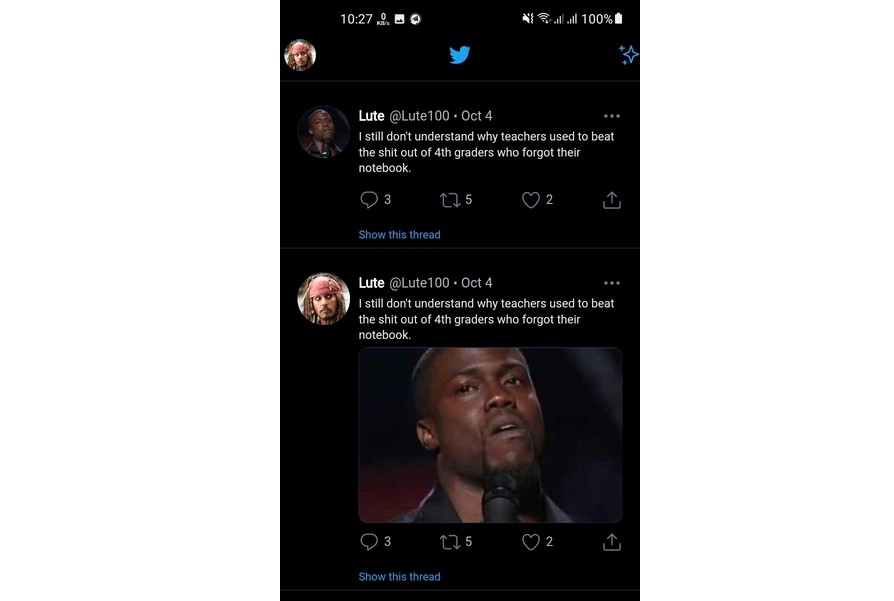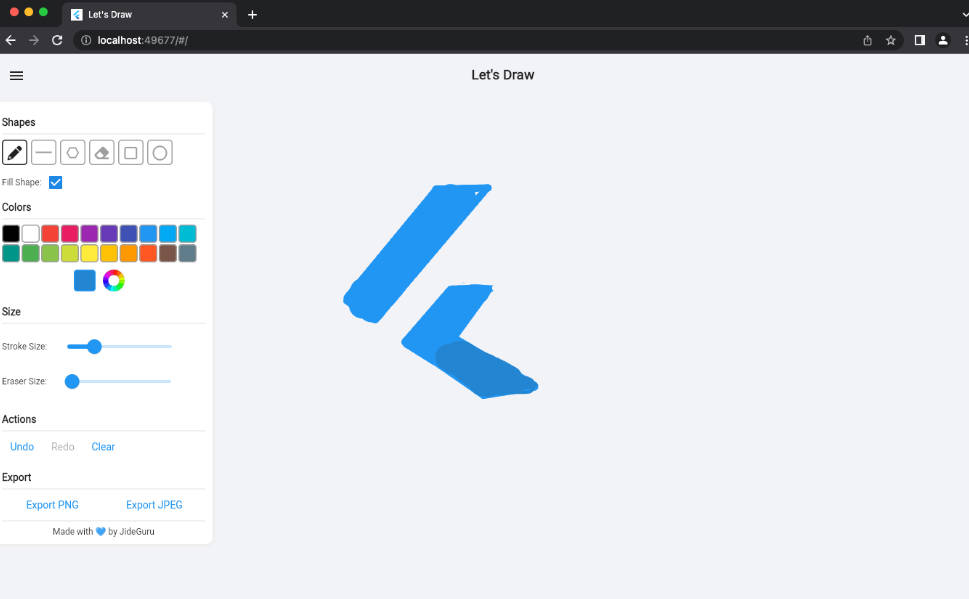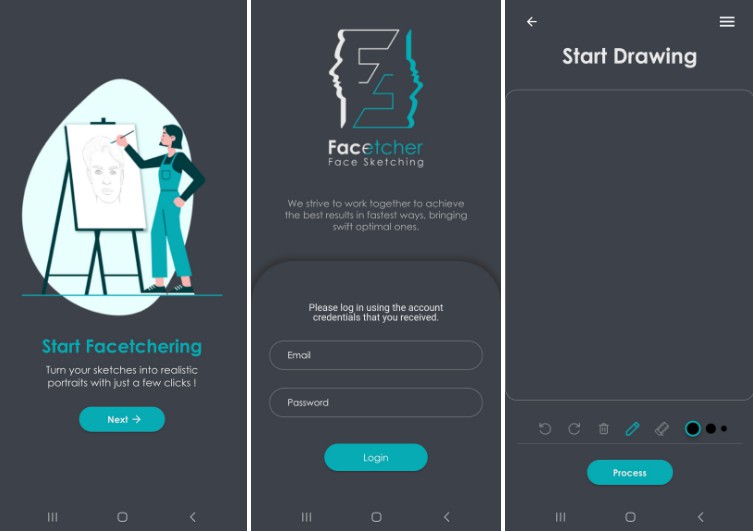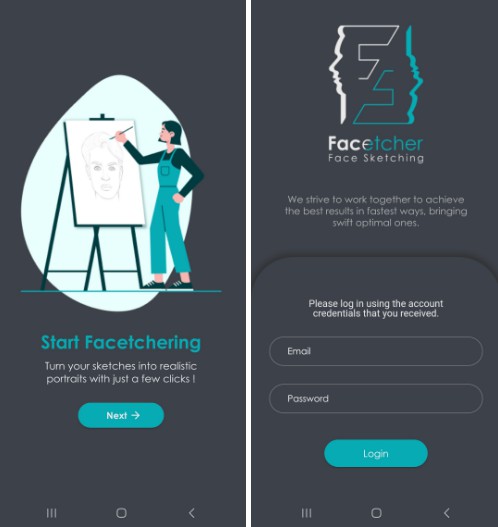Draw perfect pressure-sensitive freehand lines.
? A port of the perfect-freehand JavaScript library. Try out that demo.
? Using this library in a commercial product? Consider becoming a sponsor.
Table of Contents
Usage
This package exports a function named getStroke that:
- accepts an array of points and several options
- returns a stroke outline as an array of points
import 'package:perfect_freehand/perfect_freehand.dart';
List<Point> myPoints = [
Point(0, 0),
Point(1, 2),
// etc...
];
final stroke = getStroke(myPoints);
You may also provide options as named parameters:
final stroke = getStroke(
myPoints,
size: 16,
thinning: 0.7,
smoothing: 0.5,
streamline: 0.5,
taperStart: 0.0,
taperEnd: 0.0,
capStart: true,
capEnd: true,
simulatePressure: true,
isComplete: false,
);
To use real pressure, provide each point’s pressure as a third parameter.
List<Point> myPoints = [
Point(0, 0, 0.2),
Point(1, 2, 0.3),
Point(2, 4, 0.4),
// etc...
];
final stroke = getStroke(myPoints, simulatePressure: false);
Options
The optional parameters are:
| Property | Type | Default | Description |
|---|---|---|---|
size |
double | 16 | The base size (diameter) of the stroke. |
thinning |
double | .5 | The effect of pressure on the stroke’s size. |
smoothing |
double | .5 | How much to soften the stroke’s edges. |
streamline |
double | .5 | How much to remove variation from the input points. |
startTaper |
double | 0 | How far to taper the start of the line. |
endTaper |
double | 0 | How far to taper the end of the line. |
isComplete |
boolean | true | Whether the stroke is complete. |
simulatePressure |
boolean | true | Whether to simulate pressure based on distance between points, or else use the provided Points’ pressures. |
Note: When the last property is true, the line’s end will be drawn at the last input point, rather than slightly behind it.
Note: The cap property has no effect when taper is more than zero.
Tip: To create a stroke with a steady line, set the thinning option to 0.
Tip: To create a stroke that gets thinner with pressure instead of thicker, use a negative number for the thinning option.
Rendering
While getStroke returns an array of points representing the outline of a stroke, it’s up to you to decide how you will render these points. Check the example project to see how you might draw these points in Flutter using a CustomPainter.
import 'package:flutter/material.dart';
import 'package:perfect_freehand/perfect_freehand.dart';
class StrokePainter extends CustomPainter {
final List<Point> points;
StrokePainter({ required this.points });
@override
void paint(Canvas canvas, Size size) {
Paint paint = Paint() ..color = Colors.black;
// 1. Get the outline points from the input points
final outlinePoints = getStroke(points);
// 2. Render the points as a path
final path = Path();
if (outlinePoints.isEmpty) {
// If the list is empty, don't do anything.
return;
} else if (outlinePoints.length < 2) {
// If the list only has one point, draw a dot.
path.addOval(Rect.fromCircle(
center: Offset(outlinePoints[0].x, outlinePoints[0].y), radius: 1));
} else {
// Otherwise, draw a line that connects each point with a bezier curve segment.
path.moveTo(outlinePoints[0].x, outlinePoints[0].y);
for (int i = 1; i < outlinePoints.length - 1; ++i) {
final p0 = outlinePoints[i];
final p1 = outlinePoints[i + 1];
path.quadraticBezierTo(
p0.x, p0.y, (p0.x + p1.x) / 2, (p0.y + p1.y) / 2);
}
}
// 3. Draw the path to the canvas
canvas.drawPath(path, paint);
}
@override
bool shouldRepaint(StrokePainter oldDelegate) {
return true;
}
}
Advanced Usage
For advanced usage, the library also exports smaller functions that getStroke uses to generate its outline points.
getStrokePoints
A function that accepts an array of Points and returns a set of StrokePoints. The path’s total length will be the runningLength of the last point in the array. Like getStroke, this function also accepts any of the optional named parameters listed above.
List<Point> myPoints = [
Point(0, 0),
Point(1, 2),
// etc...
];
final strokePoints = getStrokePoints(myPoints, size: 16);
getOutlinePoints
A function that accepts an array of StrokePoints (i.e. the output of getStrokePoint) and returns an array of Points defining the outline of a stroke. Like getStroke, this function also accepts any of the optional named parameters listed above.
List<Point> myPoints = [
Point(0, 0),
Point(1, 2),
// etc...
];
final myStrokePoints = getStrokePoints(myPoints, size: 16);
final myOutlinePoints = getStrokeOutlinePoints(myStrokePoints, size: 16)
Note: Internally, the getStroke function passes the result of getStrokePoints to getStrokeOutlinePoints, just as shown in this example. This means that, in this example, the result of myOutlinePoints will be the same as if the myPoints List had been passed to getStroke.
Support
Please open an issue for support.
Discussion
Have an idea or casual question? Visit the discussion page.
